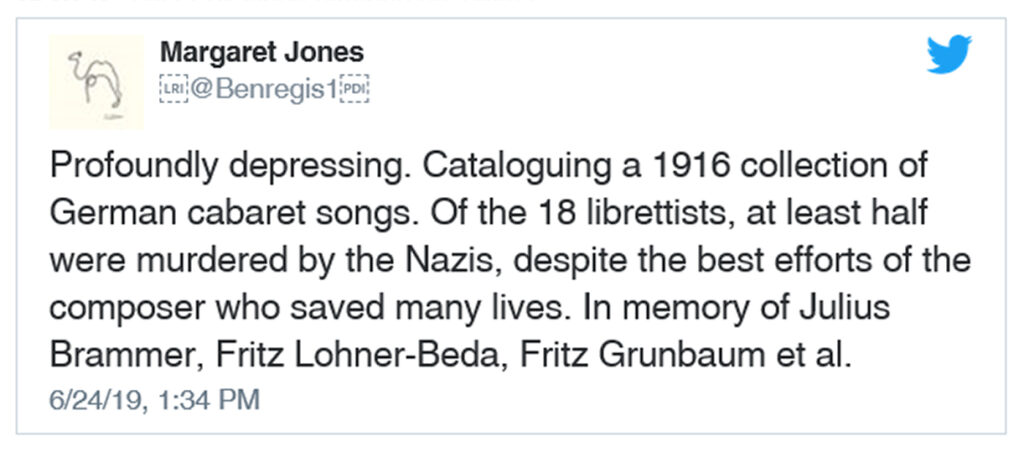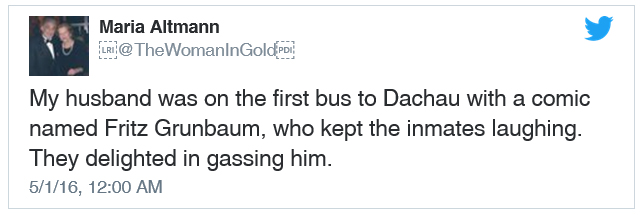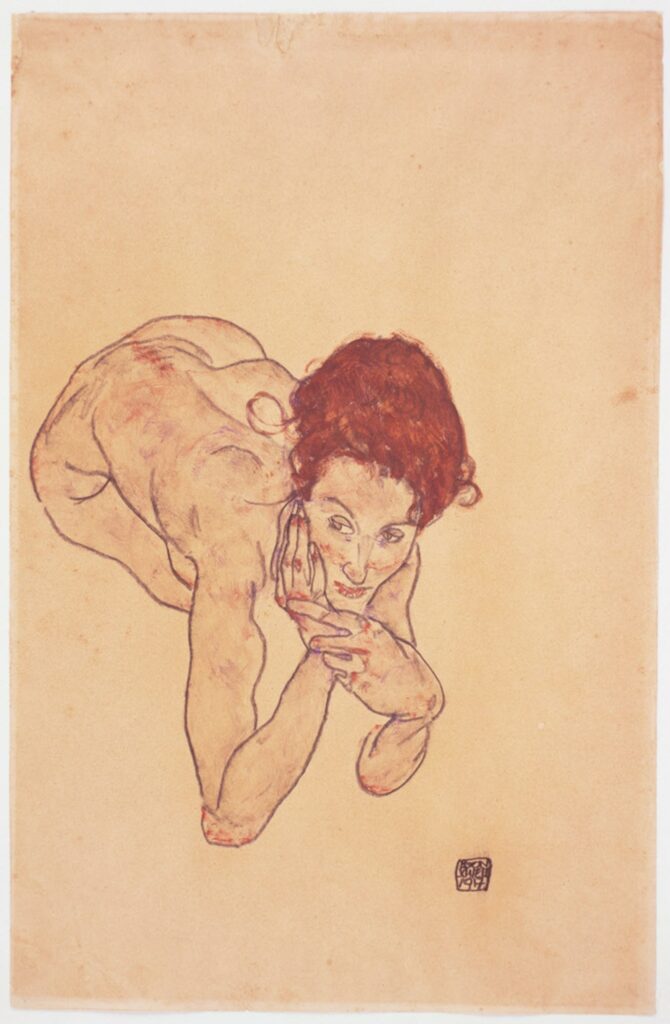Sponsored by the Jewish Lawyers Guild, the Justice Brandies Law Society of Westchester County and the Brandeis Society of Queens.
In From Murder To Museums: Current Controversies Over Nazi-Looted Art, the Hon. Timothy Reif (U.S. Court of International Trade) recounts the exceptional talent, courage and kindness of his “great-uncle” Fritz Grünbaum — among the most notable movie makers and entertainers of the 1920s and 1930s — his murder in the Dachau Concentration Camp and the theft of Grünbaum’s art collection, including 81 works by the artist Egon Schiele. In 1998, Reif persuaded then-District Attorney Robert Morgenthau to seize Egon Schiele’s Dead City III at the Museum of Modern Art in New York City. Morgenthau’s seizure garnered international headlines and led to the 1998 Washington Conference Principles which today guide restitution efforts in over 40 countries.
Dunnington partner Sam Blaustein describes the legal and procedural aspects of a seizure authorized in Supreme Court, New York County, of two stolen Egon Schiele paintings spotted at the Park Avenue Armory’s Salon+Art Show in November 2015.
Dunnington partner Ray Dowd then reviews current case law, the impact of the 2016 HEAR Act on New York’s statute of limitations, obstacles facing legal practitioners in pursuing restitution claims, and the outlook for the future of restitution claims.
Gesponsert durch Jewish Lawyers Guild, der Justice Brandies Law Society of Westchester County und der Brandeis Society of Queens gesponsert wurde.
In From Murder To Museums: Current Controversies Over Nazi-Looted Art (Aktuelle Kontroversen um Nazi-Raubkunst) erzählt Hon. Timothy Reif (U.S. Court of International Trade) von der außergewöhnlichen Begabung, dem Mut und der Freundlichkeit seines “Großonkels” Fritz Grünbaum – einem der bedeutendsten Filmemacher und Entertainer der 1920er und 1930er Jahre -, seiner Ermordung im Konzentrationslager Dachau und dem Diebstahl von Grünbaums Kunstsammlung, darunter 81 Werke des Künstlers Egon Schiele. Im Jahr 1998 überzeugte Reif den damaligen Staatsanwalt Robert Morgenthau, Egon Schieles “Tote Stadt III” im Museum of Modern Art in New York City zu beschlagnahmen. Morgenthaus Beschlagnahmung sorgte für internationale Schlagzeilen und führte zu den Grundsätzen der Washingtoner Konferenz von 1998, die heute in über 40 Ländern als Richtschnur für Restitutionsbemühungen dienen.
Sam Blaustein, Partner bei Dunnington, beschreibt die rechtlichen und verfahrenstechnischen Aspekte der Beschlagnahmung zweier gestohlener Egon-Schiele-Gemälde, die im November 2015 bei der Salon+Art Show in der Park Avenue Armory entdeckt wurden, vor dem Supreme Court, New York County.
Ray Dowd, Partner bei Dunnington, gibt anschließend einen Überblick über die aktuelle Rechtsprechung, die Auswirkungen des HEAR Act von 2016 auf die Verjährungsfristen in New York, die Hindernisse, mit denen Juristen bei der Verfolgung von Restitutionsansprüchen konfrontiert sind, und die Zukunftsaussichten für Restitutionsansprüche.
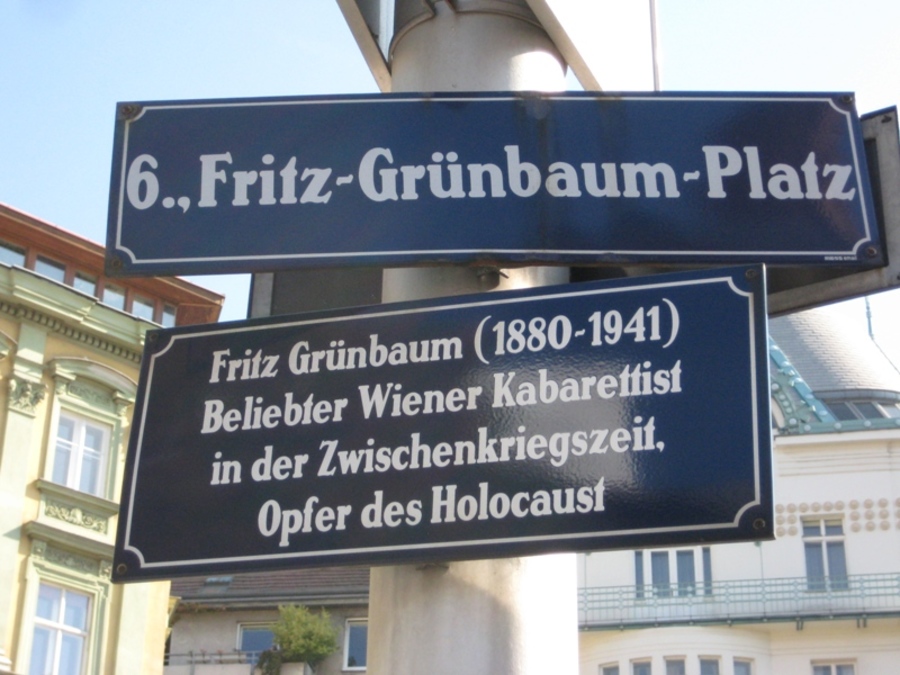 A commonplace that is probably popular at all times says that any cabaret, no matter how satirically exaggerated, is always far outdone by real existing politics. And the true story of the naming of a small square in Vienna-Mariahilf after the great cabaret artist Fritz Grünbaum seems to me to confirm this thesis quite vividly.It was in the spring of 1979 when I protested with hand-painted posters against the planned development of a large plot of land on the Linke Wienzeile. In such a green-poor residential area, I thought (and later thousands of other residents of Mariahilfer), the construction of a public park would be much more urgent.
A commonplace that is probably popular at all times says that any cabaret, no matter how satirically exaggerated, is always far outdone by real existing politics. And the true story of the naming of a small square in Vienna-Mariahilf after the great cabaret artist Fritz Grünbaum seems to me to confirm this thesis quite vividly.It was in the spring of 1979 when I protested with hand-painted posters against the planned development of a large plot of land on the Linke Wienzeile. In such a green-poor residential area, I thought (and later thousands of other residents of Mariahilfer), the construction of a public park would be much more urgent.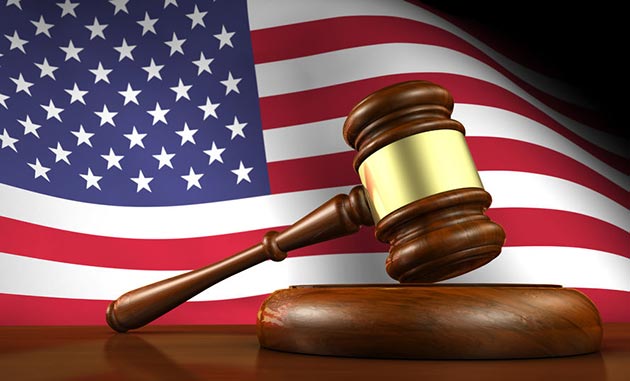
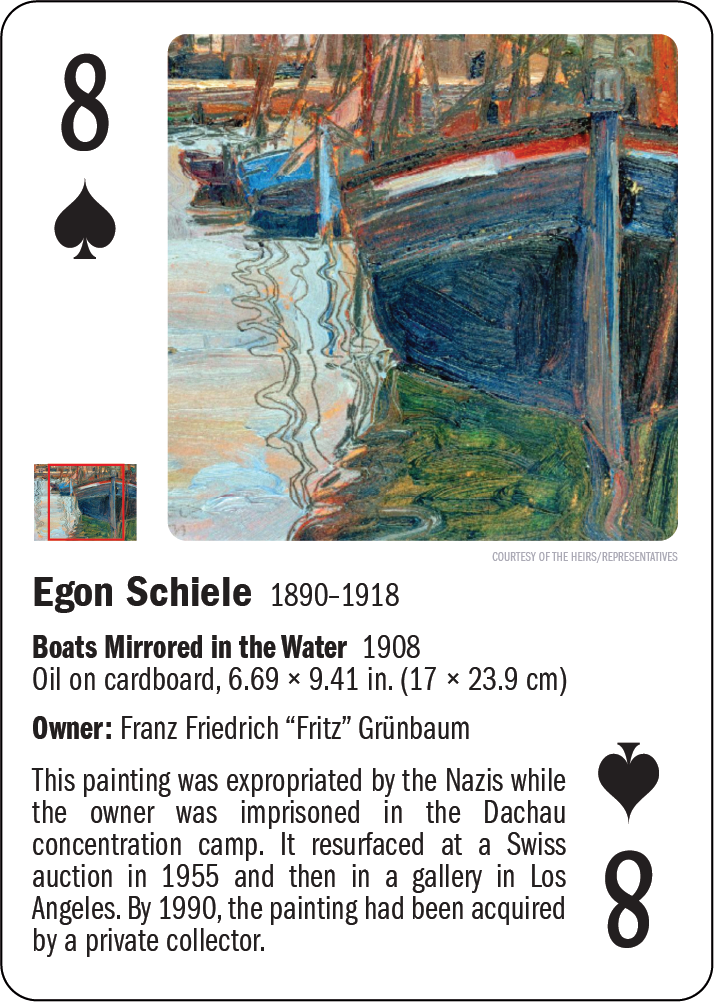

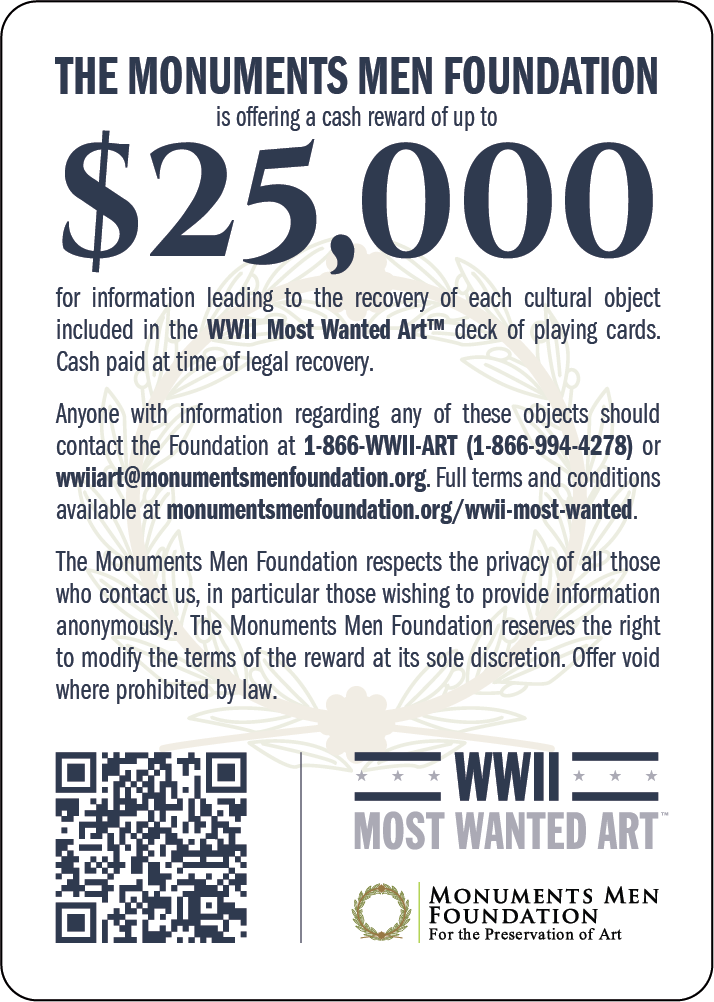

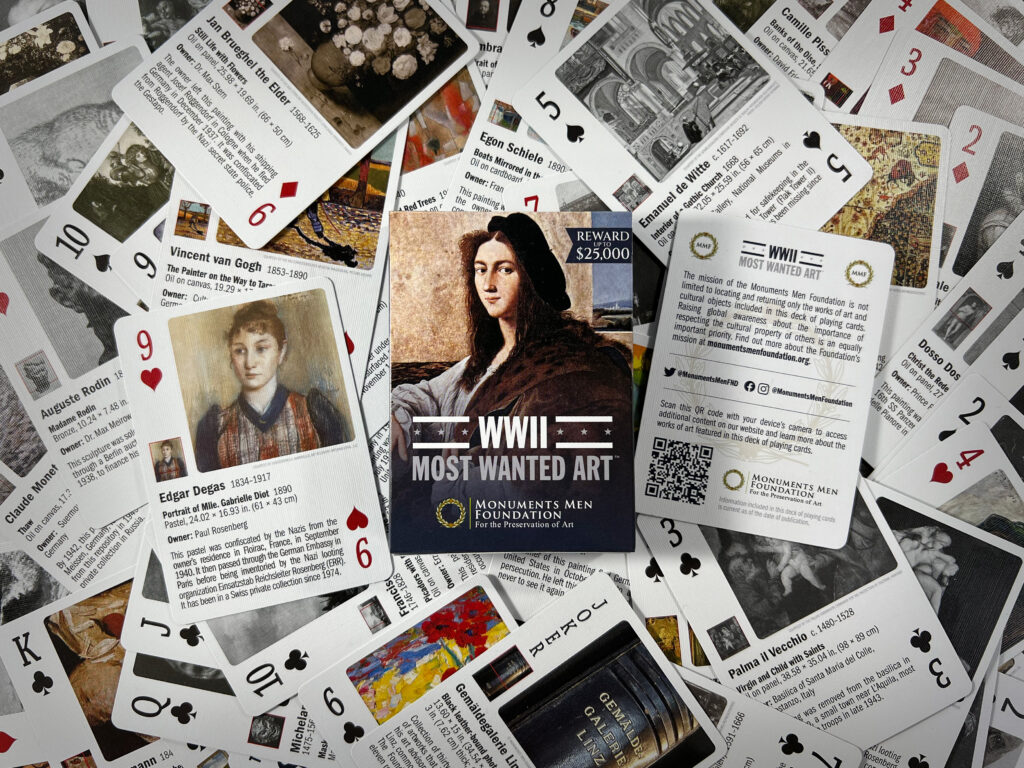 The Monuments Men Foundation for the Preservation of Art is pleased to announce the launch of a deck of playing cards featuring the WWII MOST WANTED ART™ still missing since the end of World War II. Determined to continue the mission of the Monuments Men and Women, the scholar-soldiers who, during World War II, protected and safeguarded civilization’s most important artistic cultural treasures, the Foundation is now engaging the public to help find missing objects and return them to their rightful owners.
The Monuments Men Foundation for the Preservation of Art is pleased to announce the launch of a deck of playing cards featuring the WWII MOST WANTED ART™ still missing since the end of World War II. Determined to continue the mission of the Monuments Men and Women, the scholar-soldiers who, during World War II, protected and safeguarded civilization’s most important artistic cultural treasures, the Foundation is now engaging the public to help find missing objects and return them to their rightful owners.